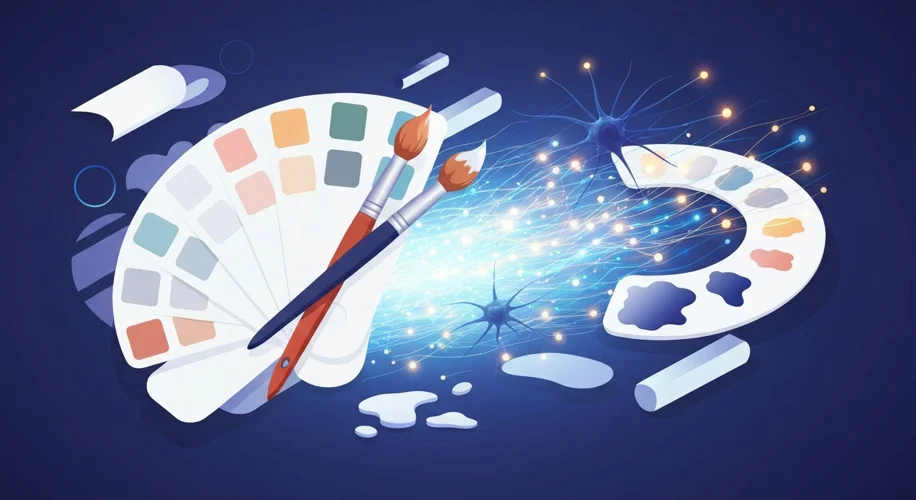It’s hard to ignore the buzz around OpenAI lately. You might have seen headlines talking about talks for a share sale that could value the company behind ChatGPT at a staggering $500 billion. Financial Times, The New York Times, and Bloomberg have all reported on this significant development.
For context, that $500 billion valuation puts OpenAI in some pretty exclusive company, rivaling established tech giants. This isn’t just about a company getting bigger; it reflects a massive shift in how we think about artificial intelligence and its potential.
Think about it: ChatGPT and similar AI models have moved from being a niche topic to something many people interact with daily. They’re helping with writing, coding, research, and so much more. This widespread adoption and the clear utility of these tools are major drivers behind the interest from investors.
From my perspective as an artist and someone who uses tech to help run my Etsy shop, seeing AI develop so rapidly is fascinating. I’ve even explored how AI tools can help with things like generating initial ideas or even assisting with marketing descriptions. It’s opened up new avenues for creativity and efficiency, which is always exciting.
This kind of valuation for an AI company signals a broader trend: AI is becoming a fundamental technology, much like the internet or mobile phones. Companies that can build and deploy powerful AI are seen as having immense potential to shape future industries and economies.
What does this mean for us, beyond the stock market numbers? It likely means more investment in AI research and development. We can expect to see even more advanced AI tools become available, potentially impacting how we work, learn, and even create art. It’s a reminder of how quickly technology is evolving and how important it is to stay curious and adaptable. It will be interesting to see how these advancements continue to unfold and how they integrate into our daily lives.

